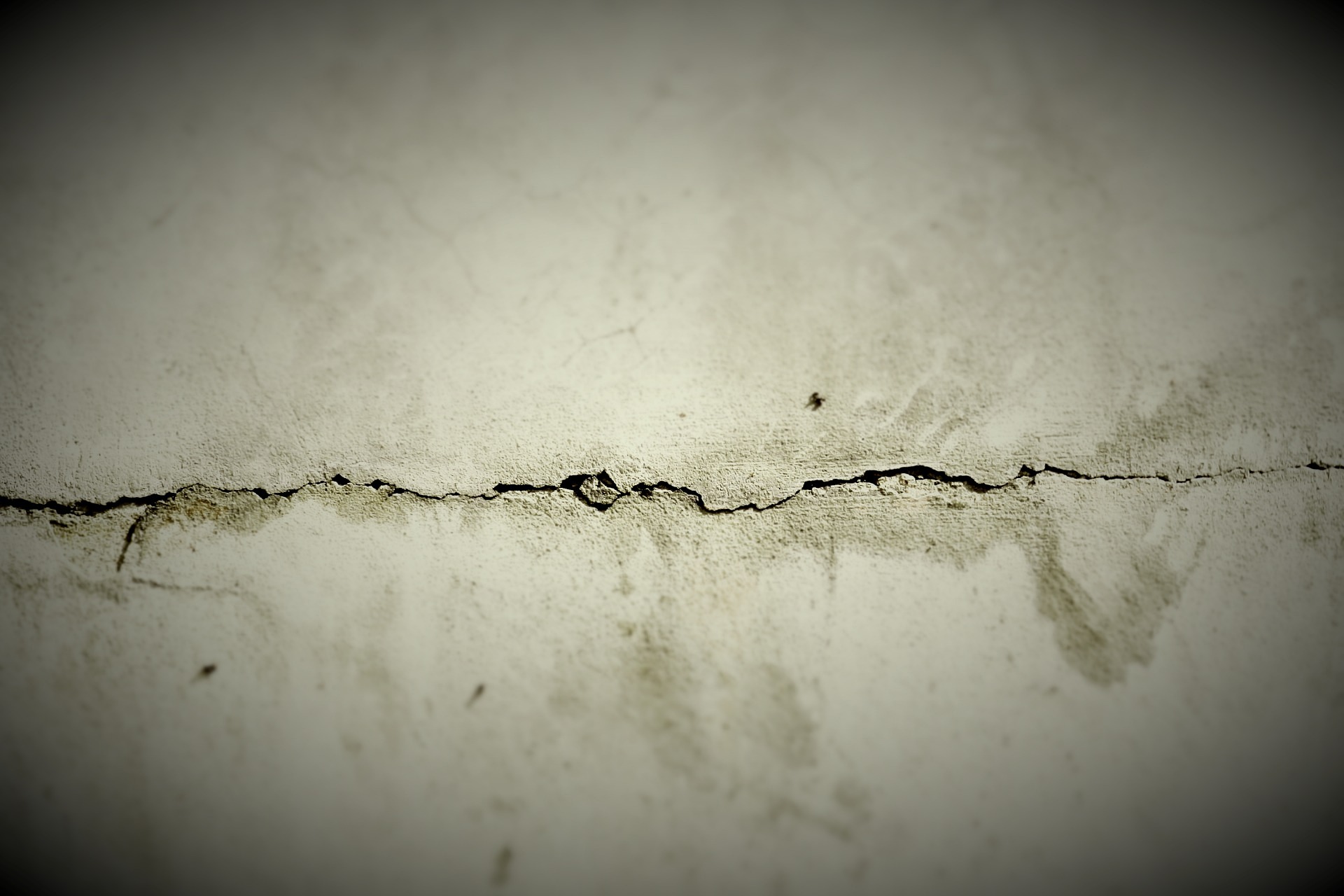Concrete Crack Repair: Essential Guide for Homeowners and Builders
Concrete cracks are a common issue that can affect the structural integrity and aesthetics of buildings and houses. Understanding the causes, types, and repair methods for concrete cracks is crucial for maintaining the longevity and safety of structures. This comprehensive guide will explore the world of concrete crack repair, providing valuable insights for homeowners and builders alike.

-
Thermal expansion and contraction: Temperature fluctuations cause concrete to expand and contract, potentially resulting in cracks.
-
Overloading: Excessive weight or pressure on concrete structures can cause them to crack under stress.
-
Freeze-thaw cycles: In colder climates, water that seeps into concrete can freeze and expand, leading to cracks when it thaws.
-
Poor mix design or installation: Improper concrete mixing ratios or inadequate curing techniques can result in weakened concrete prone to cracking.
Understanding these causes is essential for preventing future cracks and determining the most appropriate repair method.
How can you identify different types of concrete cracks?
Identifying the type of crack in your concrete is crucial for determining the best repair approach. Here are some common types of concrete cracks:
-
Hairline cracks: These are thin, shallow cracks that typically don’t affect the structural integrity of the concrete.
-
Shrinkage cracks: Often appearing in a spider web pattern, these cracks form as concrete dries and shrinks during the curing process.
-
Settlement cracks: These cracks are usually wider at the top and narrow towards the bottom, indicating foundation settlement issues.
-
Structural cracks: Typically wider than 1/4 inch, these cracks can compromise the structural integrity of the building or house.
-
Heaving cracks: Caused by upward pressure from beneath the concrete, these cracks are often accompanied by raised sections of concrete.
By accurately identifying the type of crack, you can better assess the severity of the problem and choose the most effective repair method.
What are the most effective concrete crack repair techniques?
Several concrete crack repair techniques are available, depending on the type and severity of the crack. Here are some of the most effective methods:
-
Epoxy injection: This method involves injecting a low-viscosity epoxy into the crack, which then hardens to form a strong bond. It’s particularly effective for structural cracks.
-
Routing and sealing: For non-structural cracks, routing (widening the crack) and sealing with a flexible sealant can prevent water infiltration and further damage.
-
Stitching: This technique involves drilling holes on both sides of the crack and inserting U-shaped metal staples to hold the concrete together.
-
Gravity filling: For horizontal cracks, a low-viscosity resin can be poured into the crack, filling it through gravity.
-
Overlay or resurfacing: For extensive surface cracking, applying a new layer of concrete over the existing surface can provide a fresh, crack-free finish.
-
Carbon fiber reinforcement: For severe structural cracks, carbon fiber strips or sheets can be applied to strengthen the concrete and prevent further cracking.
The choice of repair technique depends on factors such as the crack’s location, size, and the underlying cause. It’s often best to consult with a professional to determine the most appropriate method for your specific situation.
When should you call a professional for concrete crack repair?
While minor concrete cracks can sometimes be addressed as a DIY project, there are situations where professional help is necessary:
-
Structural cracks: Any crack wider than 1/4 inch or that appears to be affecting the stability of the building or house requires immediate professional attention.
-
Recurring cracks: If cracks keep reappearing after repairs, it may indicate an underlying issue that needs expert assessment.
-
Foundation cracks: Cracks in the foundation of a building or house can be serious and should always be evaluated by a professional.
-
Large-scale repairs: For extensive cracking or when specialized equipment is needed, hiring a professional ensures the job is done correctly and safely.
-
Water leakage: If cracks are allowing water to enter the building, professional waterproofing and repair services may be necessary.
-
Lack of DIY experience: If you’re unsure about the repair process or don’t have experience working with concrete, it’s best to leave it to the experts.
Professional concrete repair services can provide a thorough assessment, recommend the most appropriate repair method, and ensure long-lasting results.
How can you prevent future concrete cracks in your building or house?
Preventing concrete cracks is often easier and more cost-effective than repairing them. Here are some strategies to minimize the risk of future cracking:
-
Proper mix design: Ensure the concrete mix is appropriate for the specific application and climate conditions.
-
Adequate curing: Allow concrete to cure properly by keeping it moist and protected from extreme temperatures.
-
Control joints: Incorporate control joints in large concrete slabs to allow for controlled cracking in predetermined locations.
-
Reinforcement: Use steel reinforcement bars or wire mesh to strengthen concrete and distribute loads evenly.
-
Proper drainage: Ensure good drainage around concrete structures to prevent water accumulation and freeze-thaw damage.
-
Regular maintenance: Inspect concrete surfaces regularly and address any small cracks or issues promptly to prevent them from worsening.
-
Quality workmanship: Hire experienced professionals for concrete installation to ensure proper techniques are used.
By implementing these preventive measures, you can significantly reduce the likelihood of concrete cracks and extend the lifespan of your concrete structures.
In conclusion, understanding concrete crack repair is essential for maintaining the integrity and appearance of buildings and houses. By recognizing the causes, identifying different types of cracks, and knowing when to seek professional help, homeowners and builders can effectively address concrete cracking issues. With proper repair techniques and preventive measures, you can ensure the longevity and stability of your concrete structures for years to come.






